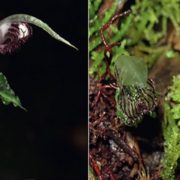
Spotlight: The fate of the world’s plants
Plant Science Research Weekly, Research0 Comments
/
In 2016, Kew Gardens released a report “The State of the World’s Plants”, which includes estimates of the total number of plant species on Earth and the percentage of those facing extinction. Pimm and Raven delve into those numbers and offer the opinion that many species will be lost before they…
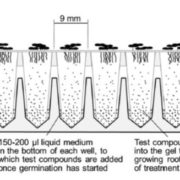
Method: Microphenotron, a miniaturized robotic phenotyping platform
Plant Science Research Weekly, ResearchHigh-throughput screening greatly extends the number of individuals that can be screened, so is particularly crucial for genetic or chemical genetic approaches. Burrell et al. report on a miniaturized robotic phenotyping platform, “Microphenotron” designed for chemical genetic screening. Seeds…
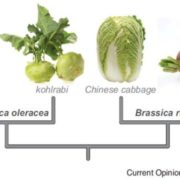
Review: Using mustard genomes to explore the genetic basis of evolutionary change ($)
Plant Science Research Weekly, ResearchBrassicaceae is one of the largest angiosperm families and provides many opportunities for studies of evolution. Of course, its most famous species, Arabidopsis thaliana is an important resource, but Brassicaceae also includes the very interesting Brassica crops (cabbage, turnip) that demonstrate the…
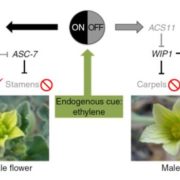
Review: Plant sex determination
Plant Science Research Weekly, ResearchMost angiosperms are hermaphrodites and produce flowers that have both male (stamens / sperm) and female (carpels / egg) parts. Pannell reviews the developmental and genetic programs that lead to these “perfect” flowers, as well as those that underlie reproductive structure development in dioecious…

Review: Progeny responses to maternal vs progeny environmental cues
Plant Science Research Weekly, ResearchThe range of responses an individual could display is a contribution of the inheritance of gene variants that determine such responses and the environments experienced by the individual itself and prior generations (nongenetic inheritance). In this review, we discuss recent empirical data to help us…
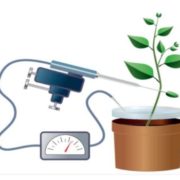
Review: Methods of cell-specific hormone analysis ($)
Plant Science Research Weekly, ResearchPlant hormones are active at very small quantities and often act differently in different cell types. Various methods, primarily involving mass spectrometry and sensors, have been developed to identify and quantify hormones with cellular-level precision. Novák et al. review these methods and discuss…
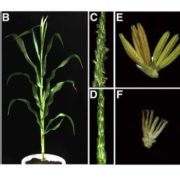
What We're Reading: March 17
Research, Research BlogReview: Methods of cell-specific hormone analysis ($)
Plant hormones are active at very small quantities and often act differently in different cell types. Various methods, primarily involving mass spectrometry and sensors, have been developed to identify and quantify hormones with cellular-level…

Plain-language summaries of research
Blog, Careers, Careers - Blog, Skills and Advice, Writing/Reviewing/Publishing/CommunicatingThe editorial team at eLIFE has shared some of their tips for writing about your research in an accessible way. In addition to reporting on the outcomes of their plain-language summaries (eLIFE Digests), they provide an excellent set of guidelines to help you write your own plain-language summary. All…

Nature Insights: Plants (March 2017)
Blog, Research, Research BlogThe journal Nature published a special "Insights" section featuring plant science research. All articles require a subscription to Nature.
Editorial
Plants
Orli Bahcall, Angela K. Eggleston & Sadaf Shadan, Nature 543, 327 (15 March 2017)
Articles
Plant signalling in symbiosis and…

